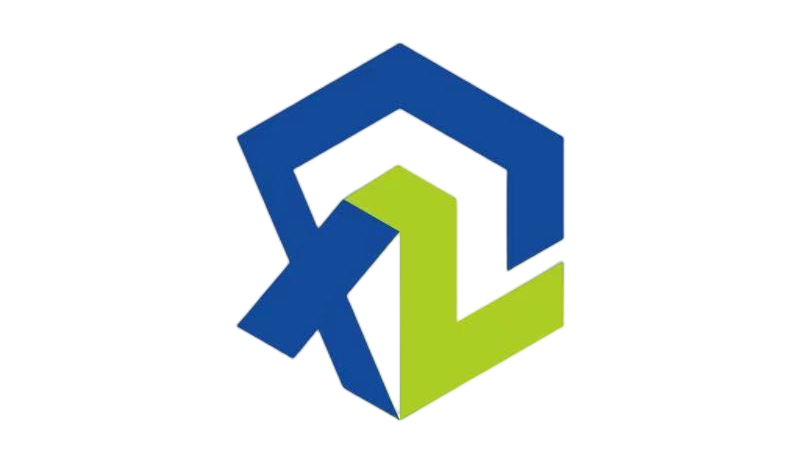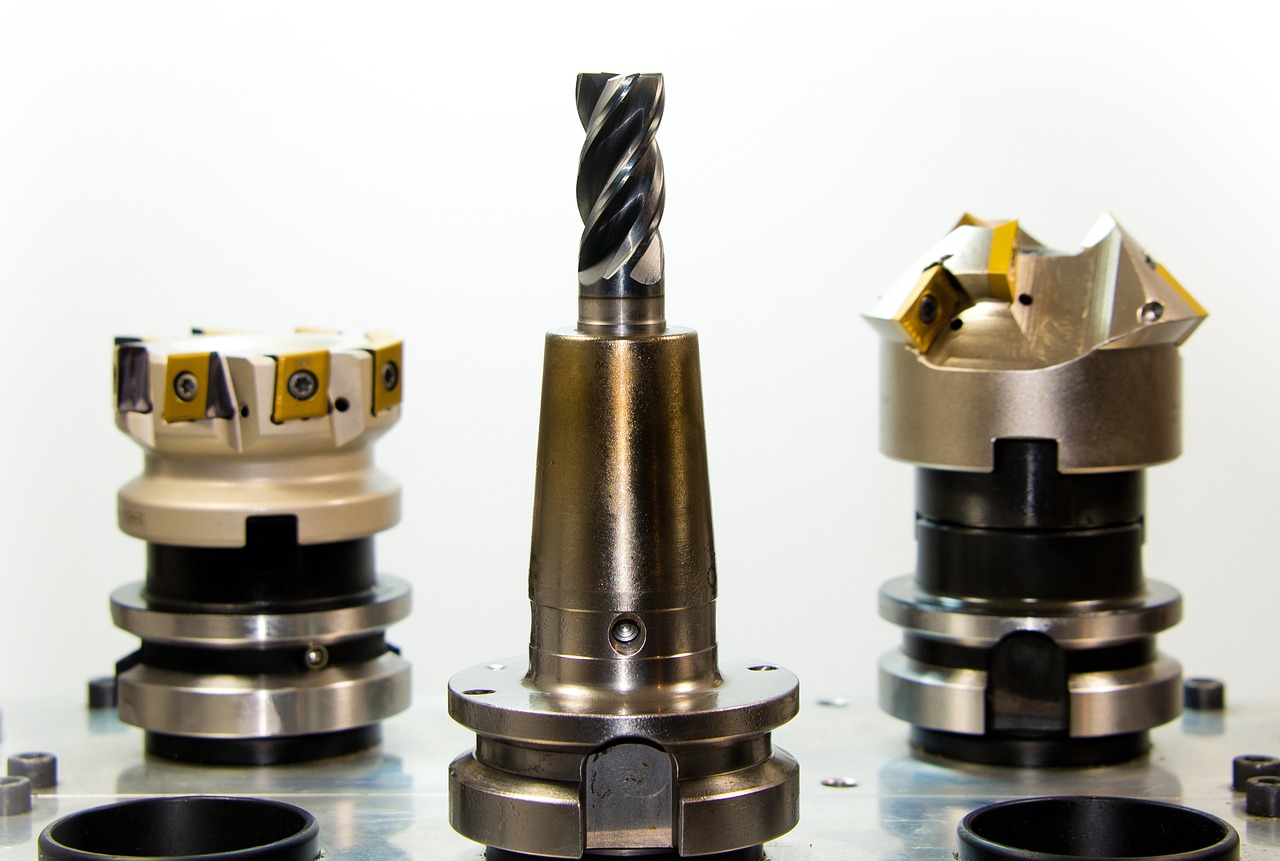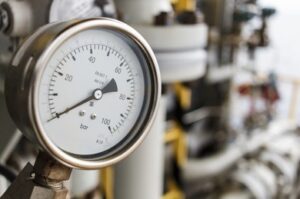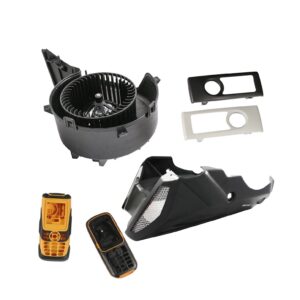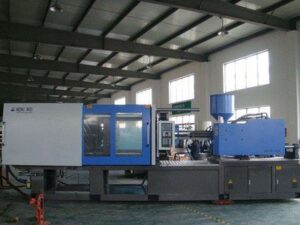The setup process is a critical part of any CNC machining process. It’s the period directly before the cutting begins where you prepare your machine to cut certain materials and parts. This preparation can be time-consuming and challenging, especially for someone who is using that machine for the first time. Even experienced machinists might find it difficult to adjust all the components and settings from one job to another. Luckily, we have some tips on how to tackle that setup process as efficiently as possible. It involves reading the manual, being organized, and staying focused throughout the entire process. We know how challenging this can be for many people out there. That’s why we compiled a list of 10 helpful tips for cutting machine setup so that you can streamline your workflow even further and get back up to speed faster than ever before.
Organize and Plan Before You Start
Before you even turn on the machine, you’ll want to organize your work environment and prepare your workstation to make the rest of the process as easy as possible. We suggest creating a clean, organized area where you can keep all the parts you’ll be using with your CNC machine. Keeping your parts neat and tidy will help you avoid misplacing parts, which can be a real headache during setup. It’s also a good idea to label those parts that are more difficult to identify. You’ll also want to make sure that you have enough room for your computer, machine controller, and all the other components that go along with your CNC setup. Having plenty of space will make the process run much more smoothly later on. Finally, make sure that you have power plugged into your CNC machine, and that it’s plugged into a grounded outlet.
Read The Machine’s Manual
Before you start working on your setup, you’ll want to take the time to read through the machine’s manual. That way, you’ll have a good idea of how to adjust the different components and settings on your CNC machine. If you have a hard copy of the manual, you can read it directly. If you have access to an electronic copy, you can also print out key parts of the manual for easy reference. Since every CNC machine is different, you’ll want to spend some time getting familiar with your machine’s setup process. This will help you avoid any missteps or costly mistakes that could potentially damage your CNC machine.
Check the Coils and Environment
Before you get started with the actual setup process, you’ll want to check the coils and the environment. First, you’ll want to make sure that the machine’s coils are clean and clear of any debris. If any of the coils are covered in dust or other foreign objects, they might not send power to the machine. You can clean them with a soft cloth and some rubbing alcohol. Alternatively, you can use compressed air to blow the dust away. Finally, you’ll want to be sure that the machine is plugged into a power source. You can double-check this by plugging a lamp or other device into the same outlet as your CNC machine. If it turns on, you know that your machine has power.
Decide Which Tooling You’ll Use
Before you start the setup process, you’ll want to decide which tooling you’ll use for each job you’ll be cutting. This will depend on the materials that you’ll be working with, as well as the overall length of the parts you’ll be creating. You’ll want to make sure that the tooling you select will allow you to cut the parts you need to create with the proper tolerances and dimensions. For example, if you’re cutting thin materials, you might want to use a smaller tool with a smaller diameter. You’ll also want to make sure that you have the right tooling for the job. This includes both the end mill that you’ll be using and the collet that will secure it in place.
Set the Zero Position and Probing Point
Your CNC machine will have a zero position and a probing point. The zero position is where the machine’s axes are set to zero. This zero position is critical for accurate machining, so you’ll want to set it before starting your job. You’ll have a number of options for setting the zero position. You can use the machine’s built-in button or an external button. You’ll also want to position the probe at the zero position as well. Setting these both to the zero position is an important step that will help you start the job with accuracy.
Calibrate the Machine’s Electronic Sensors
The electronic sensors that come with your CNC machine will allow you to monitor your feed rate, acceleration, and other important settings on your machine. Before you start cutting your parts, you’ll want to calibrate those sensors. This will ensure that your machine is reading the sensors properly and that they’re accurate. There are plenty of ways to calibrate your machine’s sensors. You can make use of your controller’s built-in calibration function. Or, you can use a sensor tool to make the process easier and more accurate.
Adjust Feed Rate and Step Speed Based on Sampling
Before you start cutting, it’s a good idea to sample your machine at a certain feed rate and step speed to get an idea of how accurate it is. This will give you a good idea of which settings work best for your machine. This will allow you to make any necessary adjustments to your machine’s parameters so that it’s ready to cut with the highest level of accuracy possible.
Decide on a Cut Order
Before you start cutting your materials and parts, you’ll want to decide on a cut order. This will help you organize and prioritize the parts that you need to cut, as well as the order in which you’ll cut them. This will help you stay organized and make the most of your time. It will also help you avoid accidentally cutting the wrong part while you’re waiting for other materials to finish cutting.
Wrapping up: Conclusion
The setup process is critical to any CNC machining process. And the more efficient and streamlined you can make it, the more time you’ll have to focus on parts and materials that require more attention and care. Now that you know what to expect, you can make the most of your CNC setup process. From organizing and planning before you start to adjusting feed rate and step speed based on sampling and deciding on a cut order, these tips will help you get more done in less time.
